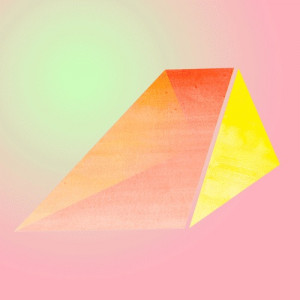
Lara Dade
"Metaxi-auf der Suche im Dazwischen"
Where do we start in art production if we understand the in-between as a place of encounter? With different media (film, drawing, sound, performance etc.) we want to go in search of "metaxi" together, explore this unpredictable in-between, and make it tangible. We want to appropriate it and make it experienceable.
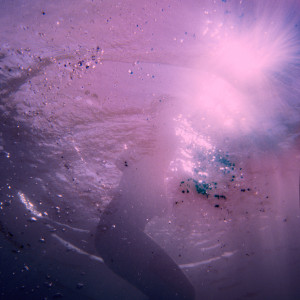
Marco Dirr
"Diving Choreo (AT)"
The work "Diving Choreo (AT)" deals in a cinematic-performative way with the relationship between water and humans. Human interactions with natural materials show connections with nature. At the same time, they reveal the dependence of the human being on it. The decay of common resources and the destruction of our environment in the modern Anthropocene are thereby themes in a visual aesthetic.

Michaela Maxi Schulz
„Reflexion, Nachhaltigkeit, Perspektive“
Michaela Maxi Schulz has worked at Bühne für Menschenrechte since 2016 and has been on the board since 2022. With her residency "Reflection, Sustainability, Perspective" Michaela wants to explore new perspectives for the association. The residency allows her to take the time and space to explore new artistic formats and gather ideas for a resource-saving organisational structure.
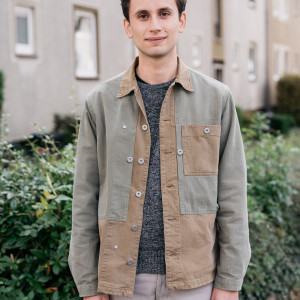
David Reiber Otálora
"Jungle Story of Western Childhood"
The artist and set designer David Reiber Otálora stages spaces that reflect exoticized clichés of colonized landscapes. During his residency, he will conduct research on the staging of the tropical rainforest. On his research, he will look for visual and textual material in media aimed at children, such as film and books, in which the rainforest appears as a neo-colonial setting.

Antonia Kolujartseva
"Life after birth"
Since the moment when I became a mother, my world has been totally changed. Now I have to learn again how to live and how to be an artist. The #TakeHeart Residency in Libken is an opportunity to create and dance again after giving birth. The aim of my project is to bring attention to the fragility, beauty and difficulties of parenthood. I feel, that being in the roles of mother and artist at the same time, bring unsureness, instability and something very new to my life. Also, I believe that my example can encourage other mother-dancers to keep on working. I believe, that I’m not alone and I would be happy to share and to support others.
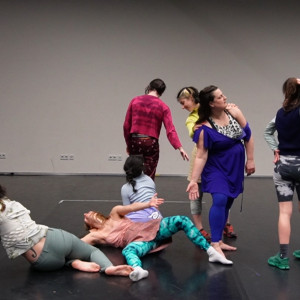
Matilde Bassetti
"On instant poetry and dance"
My research revolves around movement improvisation, poetry, and the act of being together. Practicing improvisation while working towards building precise structures, I want to create a method, a manual of instant poetry and dance. Finally, the found principles will be tested, the communicative and collective potential of this transdisciplinary approach explored. If we all learn the rules of the game, will we be able to freely play inside the structure? What are the rules of being together?

Zoe Goldstein
"Postpartal Body"
Do I regret motherhood or do I just want to smash patriarchy? One year postpartum I have a strong desire to dance again. In particular, to creatively explore this intimate, often isolated and nonetheless common state of being a young parent. My questioning begins with a search for a non-normative, body-oriented dance performance practice that is sympathetic to the postpartum body and affirming of the changes that this body is undergoing. I want to question, retell and celebrate the chaos, failure and shame associated with young parenthood and the postpartum body in a playful and humorous way.
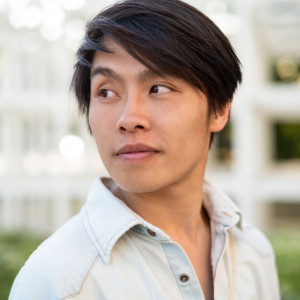
Cary Shiu
"Cumulative Touches"
Deriving from the word “touch”, Cumulative Touches take the poetic and tactual meaning of “feeling touched” - a sense of actual but not necessarily visible, in order to explore how to trace the knowledge and experience that dancers have accumulated throughout their professional paths. This project aims at looking into dance practices and the work of dancers through the social and aesthetic discourses that exist around dance. It is strongly inspired by dancer and researcher Chrysa Parkinson.
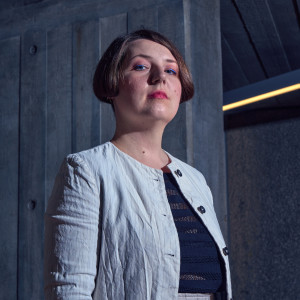
Evelyn Saylor
"Music - Movement - Space"
In my previous sound designs and musical compositions for a number of very different theatre, dance and performance productions, the starting point for the process of composing has always been formulated by the directors or choreographers that I collaborated with. In this research, I would like to explore the potential of a different way of combining musical composition and movement creation in a more simultaneous and interwoven process. What happens when the sound composition is considered at the same time and with equal value as the creation of movement and use of space?